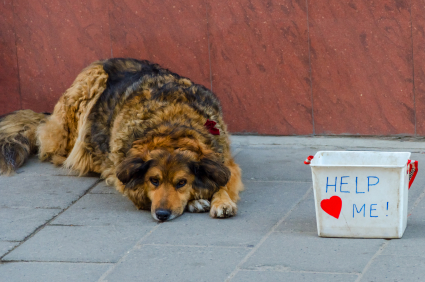Oakland Veterinary Referral Services Blog
Keeping Your Pet Safe: Ice and Snow
 Cold winter weather, along with ice and snow, is never unexpected in Michigan come January and into early Spring. With cold, slippery conditions and the extremes of winter weather come unique dangers and concerns for our pets. Don’t risk your pet’s health and safety when the mercury drops. Be on the lookout for these common injuries and risks: Continue…
Cold winter weather, along with ice and snow, is never unexpected in Michigan come January and into early Spring. With cold, slippery conditions and the extremes of winter weather come unique dangers and concerns for our pets. Don’t risk your pet’s health and safety when the mercury drops. Be on the lookout for these common injuries and risks: Continue…
2014 And Your Pet
 The New Year has finally arrived and already its days are ticking by. But if you’re still settling on what changes you’d like to make in your life this year, you’re not alone. We know that change can be hard. Even when it’s planned, and even when it’s for the best, change is never easy.
The New Year has finally arrived and already its days are ticking by. But if you’re still settling on what changes you’d like to make in your life this year, you’re not alone. We know that change can be hard. Even when it’s planned, and even when it’s for the best, change is never easy.
But with your pet by your side, many of the goals you’d like to achieve in 2014 don’t have to be nearly so daunting. Your pet can truly be your best friend and biggest champion when it comes to creating a better life.
Here are some examples…
• Lose weight
When it comes to weight loss, your pet is your judgment-free partner. They may not be able to tell you when your jeans are getting baggy (or tight), but they can be your sounding board, your walking buddy, and your motivation – they are truly your best friends when it comes to meeting this goal.
Pet Safety: Party Animals
 The holidays aren’t the only opportunity for your cat or dog to get into trouble at parties. Here are a few reminders for keeping your pet safe at this year’s celebrations, family gatherings, and at-home affairs.
The holidays aren’t the only opportunity for your cat or dog to get into trouble at parties. Here are a few reminders for keeping your pet safe at this year’s celebrations, family gatherings, and at-home affairs.
Party Safety Tips
Parties can offer plenty of fun for you and plenty of opportunity for your pet to do something he or she shouldn’t. Here’s how to keep your pet safe:
- Before you head out for the night or your party guests arrive, take your pet out for a walk to get some exercise. Not only will he or she enjoy the one-on-one time with you, but it will help to burn off any excess energy your pet may have for shenanigans later in the evening as well.
Pet-Friendly Donations
When you weigh your options for worthy causes deserving of your charitable dollars this year, we know that there are many deserving organizations–locally, nationally, and worldwide–that are in need. But it is our hope that, as pet owners and animal lovers, you will also consider including donations to an animal-friendly cause as part of your giving.
Here are a few of our favorites…
TEAR —OVRS’s The Emergency Animal Relief Foundation (TEAR) is dedicated to helping Southeastern Michigan’s pets-in-need. From providing emergency financial assistance to pets in crisis, to helping pet owners afford potentially life-saving cancer treatments for their beloved companions, TEAR is dedicated to serving our community’s pets and their people.
Leader Dogs for the Blind —This outstanding Michigan-based organization helps to train and place free guide dogs with the blind, deaf-blind, and visually impaired individuals, nationwide. The service and outreach Leader Dog provides to the blind community is nothing short of spectacular, and the organization is worthy of your support. Continue…
Xylitol: A Hidden Holiday Danger for Pets
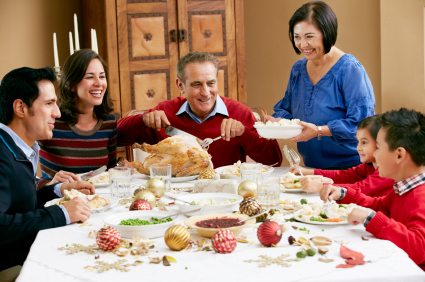
Can you spot the Xylitol in this photo?
…Neither can your pet.
What do the fruitcake you made for your diabetic great-aunt Betty, the pack of gum in your stocking, and the plate of holiday cookies that your neighbor dropped off have in common? All of them may contain the artificial sweetener Xylitol, a dangerous and deadly substance for dogs. Xylitol is becoming more and more commonly utilized, which makes it important for pet owners to be on the defense.
What is Xylitol?
Xylitol is a sugar substitute that is found in items such as sugar-free gum, baked goods, and oral hygiene products. In people it is absorbed very slowly so there are no ill effects. In dogs, however, the substance is absorbed within 30 minutes, causing the body to release a large rush of insulin. This results in a life-threatening drop in blood sugar. Besides this, Xylitol can also have severe effects on the liver. Continue…
Choosing the Right Pet
Adopting a new pet into your home and family is a big decision. Or, it should be. For many of us, the pets we adopt become our best friends and closest companions, so it’s only natural that we want the best pet possible. Likewise, as pet owners we need to know that we can meet our pet’s needs and give them the best possible life, too. Here are a few things to consider when adopting a pet… Continue…
Cat Problems: Feline Lower Urinary Tract Disease
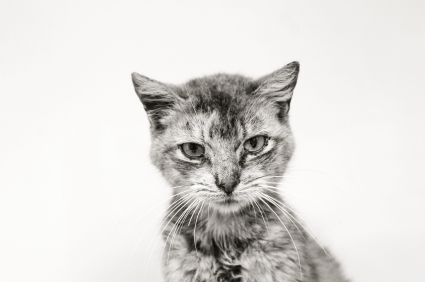 Many cats suffer from Feline Lower Urinary Tract Disease, or FLUTD. This condition results in a myriad of symptoms including frequent and/or painful urination, blood in the urine, and straining to urinate. Continue…
Many cats suffer from Feline Lower Urinary Tract Disease, or FLUTD. This condition results in a myriad of symptoms including frequent and/or painful urination, blood in the urine, and straining to urinate. Continue…
Thanksgiving and Pets: 10 Reasons to Be Thankful For Your Pet
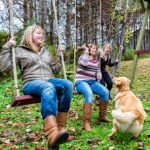
With Thanksgiving just days away, many of us are pausing to reflect on all we have to be thankful for this holiday season. At Oakland Veterinary Referral Service, we hope that your pets are among the blessings you count this year and that you’ll take a moment to consider all the good your four-legged friend has brought to your life this past year. Continue…
How to Handle Pet Seizures
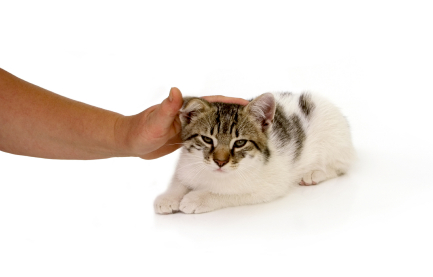
Experiencing a pet seizure can be scary. This is particularly true if the seizures keep coming or last longer than 5 minutes, indicating a pet emergency is underway. Knowing how to move your seizing pet into the car to bring him or her in for emergency care is important, and it may save your pet’s life. Continue…
Pet Safety: Rat Poison Dangers
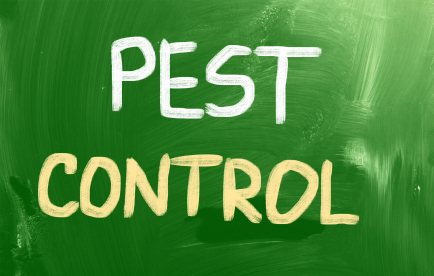
No one wants rats or mice in their home, and people go to great lengths to achieve a rodent-free residence. But did you realize that rat and mouse poison is also toxic to your pets, and children too? Continue…



